Mixing vintage and modern decor can create a unique and stylish home that reflects your personality and taste. Here are some tips to help you blend these disparate styles seamlessly:
1. Balance is Key
Achieving the right balance between vintage and modern elements is crucial. Avoid overcrowding a space with too many vintage items, as this can make the room feel cluttered. Similarly, too much modern decor can make it feel sterile. Aim for a harmonious mix that allows both styles to shine.
- Rule of Thirds: Use a rough guide where one-third of the room consists of vintage pieces, one-third modern, and one-third transitional items that bridge the gap between the two styles.
- Focal Points: Choose a few standout vintage pieces to serve as focal points in each room, such as an antique armchair or a retro light fixture. Surround these with more neutral modern elements to let them take center stage.
2. Cohesive Color Schemes
Color is a powerful tool that can unify different styles. Choose a color palette that complements both your vintage and modern pieces. This creates a cohesive look and ensures that the different elements work together rather than clash.
- Neutral Base: Start with a neutral base (whites, greys, beiges) which can highlight both vintage and modern elements.
- Accent Colors: Introduce accent colors that are found in both styles to tie everything together. For instance, if you have a vintage piece with a hint of blue, incorporate modern decor in the same shade.
3. Mix Textures and Materials
Blending different textures and materials can add depth and interest to your decor. Pair sleek modern finishes with the rich textures of vintage items.
- Contrasting Textures: Combine glossy surfaces (like modern glass or metal) with the worn, natural textures of vintage wood or fabric.
- Layering: Layer different materials to create a tactile and visually appealing space. For example, place a modern glass coffee table on a vintage Persian rug.
4. Unify with Patterns
Patterns can also help bridge the gap between vintage and modern styles. Choose patterns that complement both aesthetics.
- Geometric Patterns: Modern geometric patterns can work well with vintage floral or damask patterns. Use these on throw pillows, rugs, or curtains.
- Repetition: Repeat patterns or motifs across both vintage and modern pieces to create a sense of unity. For example, if a vintage chair has a specific pattern, find a modern piece with a similar motif.
5. Use Transitional Pieces
Transitional pieces, which blend traditional and contemporary styles, can act as a bridge between your vintage and modern decor.
- Furniture: Look for furniture with clean lines that incorporate traditional materials, such as a mid-century modern chair.
- Accessories: Choose accessories that have elements of both styles, such as a modern lamp with a vintage-inspired shade.
6. Pay Attention to Scale
Ensure that the scale of your pieces is compatible. Large vintage furniture can overwhelm a room if paired with small, delicate modern pieces.
- Proportion: Keep proportions similar to maintain balance. If you have a large vintage sofa, balance it with a substantial modern coffee table.
- Spacing: Provide enough space between pieces to let each one breathe and stand out without overpowering the room.
7. Create Layers
Layering different styles can create a rich, dynamic look. Use a mix of vintage and modern items to add depth and interest to your decor.
- Layer Rugs: Place a vintage rug over a modern one or vice versa for a layered effect.
- Wall Art: Combine vintage and modern art on the same wall, using similar frames or a consistent color scheme to tie them together.
By following these tips, you can create a harmonious and stylish space that beautifully blends vintage charm with modern sophistication. The key is to find a balance that allows each piece to shine while contributing to a cohesive overall look.



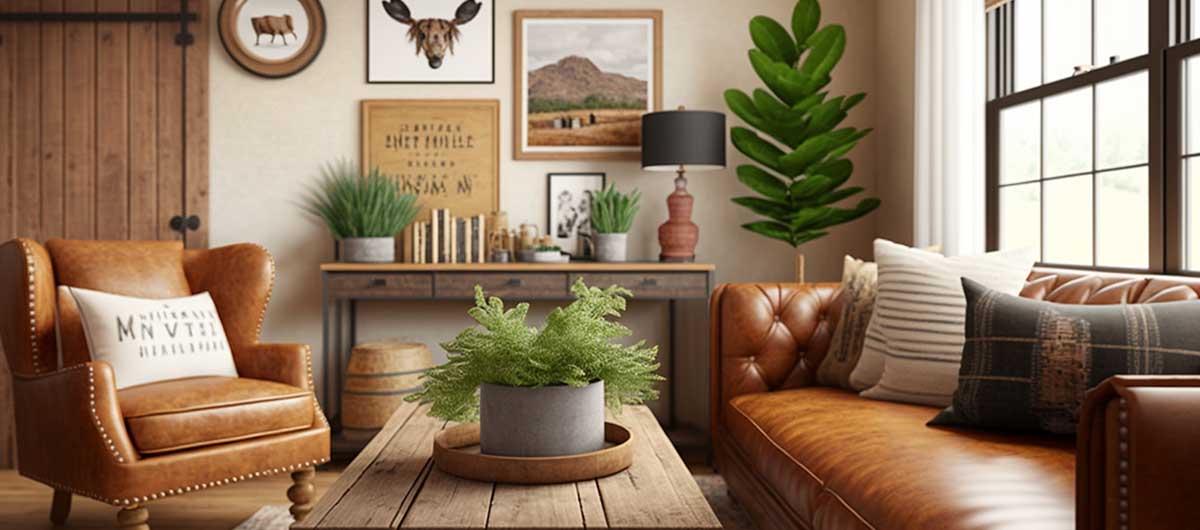

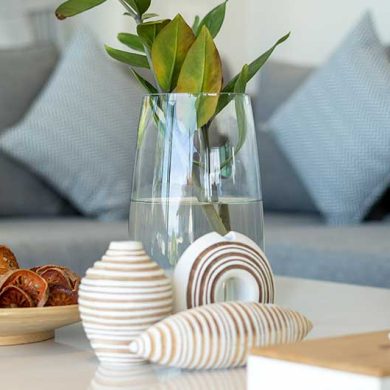
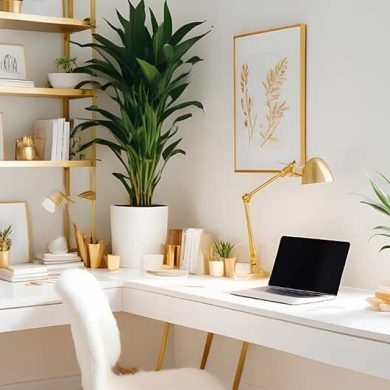
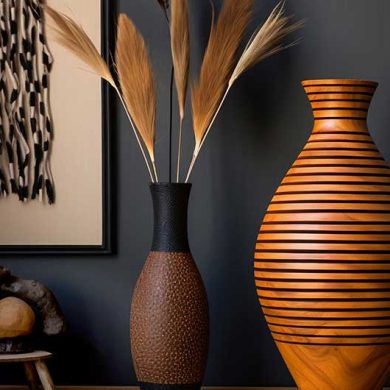
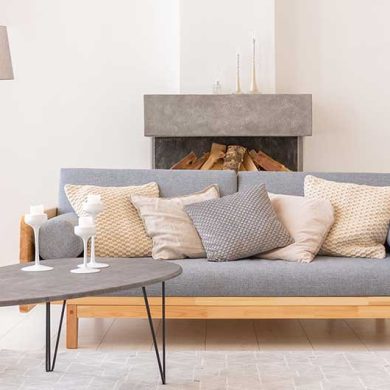

Add comment
You must be logged in to post a comment.